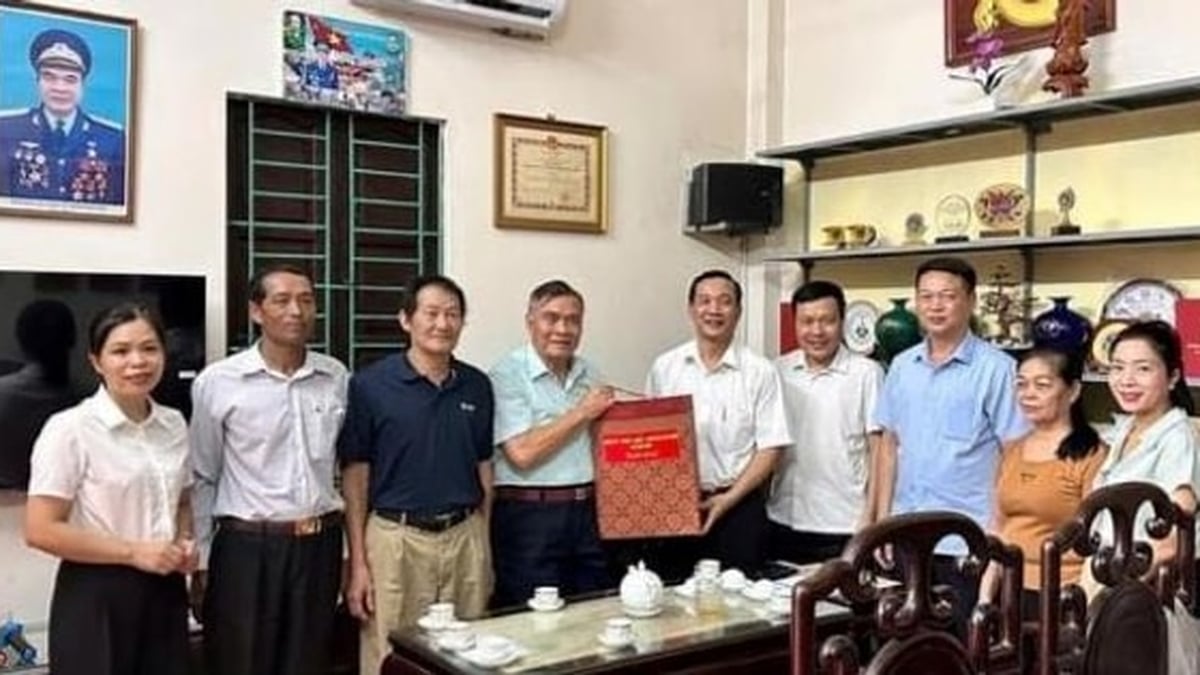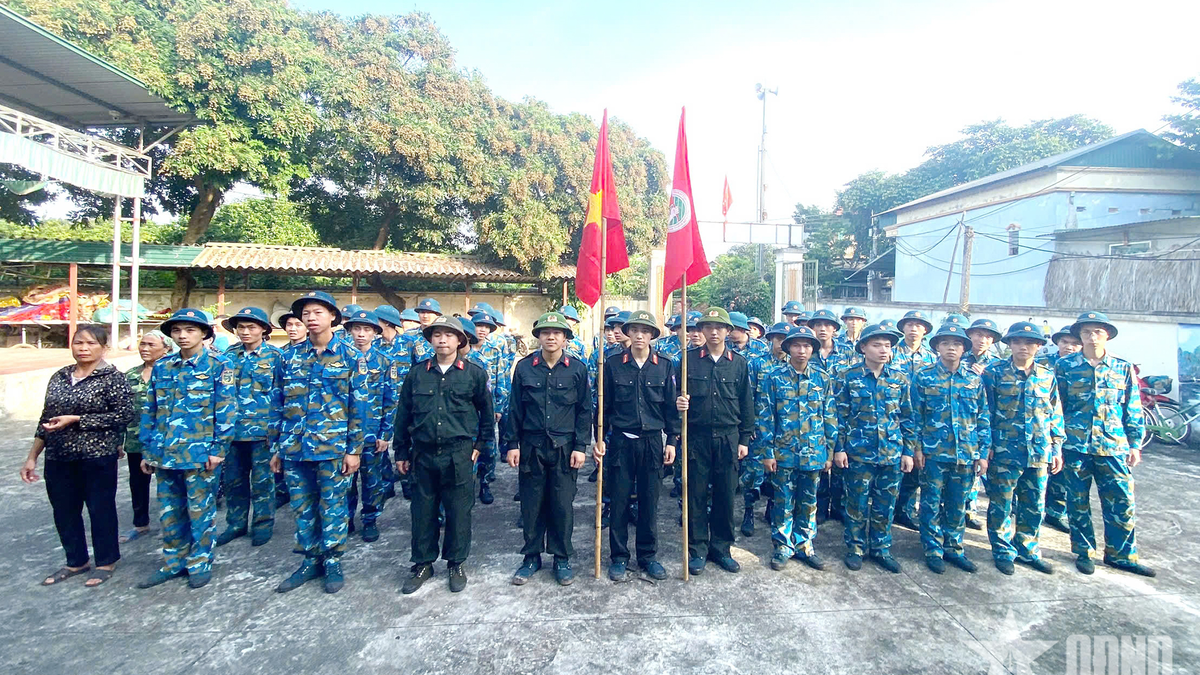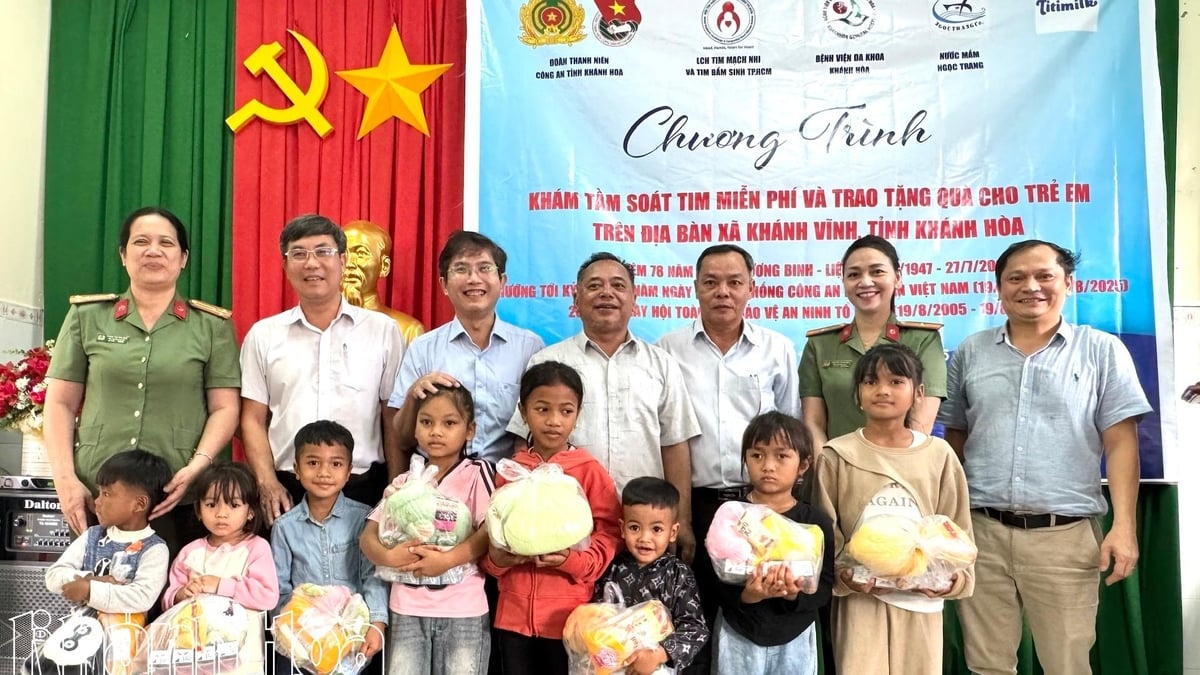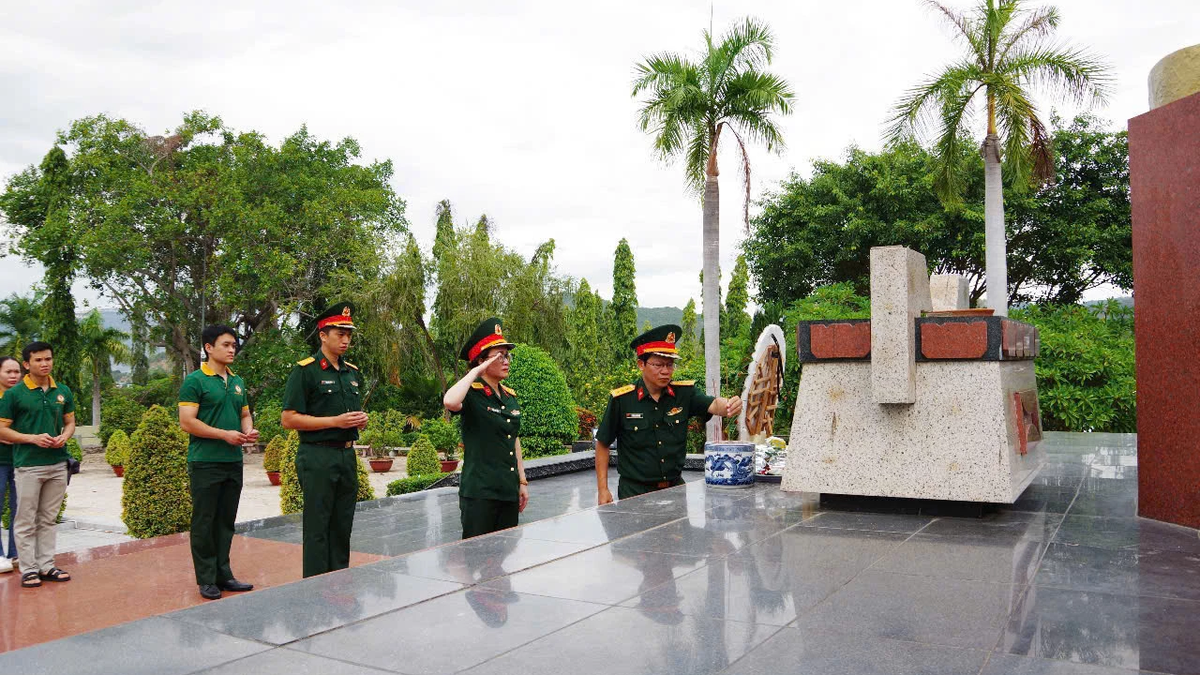 The straw bales with their bushy shape and round roofs like mushrooms, renewed each rice crop, are not only a versatile source of household materials but also lovingly protect the soul of the house.
The straw bales with their bushy shape and round roofs like mushrooms, renewed each rice crop, are not only a versatile source of household materials but also lovingly protect the soul of the house.  From a young age, preschool children know the song “A morning of yellow straw is two strands of yellow straw, grandma weaves big brooms, grandma makes small brooms…” (The Sweeping Boy – Ha Duc Hau). Yellow straw can be used for many things, and is present in daily work, from weaving brooms to sweep the house to making strings to tie food packages.
From a young age, preschool children know the song “A morning of yellow straw is two strands of yellow straw, grandma weaves big brooms, grandma makes small brooms…” (The Sweeping Boy – Ha Duc Hau). Yellow straw can be used for many things, and is present in daily work, from weaving brooms to sweep the house to making strings to tie food packages.  But in the difficult years, straw was the material to keep the poor children warm, creating the warmth of a straw nest, becoming a place to witness the joys and sorrows of childhood: “A deck of three-card cards with curved edges. Stealing straw from home to spread out on a nest… A fragrant straw nest filled with the scent of youth” (The Three-card Tree – Hoang Cam), to the soldier’s memories of the relationship between the army and the people: “The golden straw wrapped me like a cocoon wrapped in a silkworm. I was restless in the honey scent of the fields” (The warmth of a straw nest – Nguyen Duy). These verses have cherished the beauty of straw in Vietnamese life.
But in the difficult years, straw was the material to keep the poor children warm, creating the warmth of a straw nest, becoming a place to witness the joys and sorrows of childhood: “A deck of three-card cards with curved edges. Stealing straw from home to spread out on a nest… A fragrant straw nest filled with the scent of youth” (The Three-card Tree – Hoang Cam), to the soldier’s memories of the relationship between the army and the people: “The golden straw wrapped me like a cocoon wrapped in a silkworm. I was restless in the honey scent of the fields” (The warmth of a straw nest – Nguyen Duy). These verses have cherished the beauty of straw in Vietnamese life.  Straw was a playground for children, a dating place for boys and girls, and also a material representing the endurance of the Vietnamese people during the war. To avoid bomb fragments from US air raids, people wove straw hats and even straw raincoats for children to wear on their way to school.
Straw was a playground for children, a dating place for boys and girls, and also a material representing the endurance of the Vietnamese people during the war. To avoid bomb fragments from US air raids, people wove straw hats and even straw raincoats for children to wear on their way to school.  The primitive materials used to make thatched roofs, mud walls mixed with straw or lime-straw ceilings in villas in Hanoi during the French colonial period. It seems that there is nothing in the living space of Vietnamese people that does not have the contribution of straw. From the source of materials to keep livestock warm in the cold winter in the North to the source of organic fertilizer for fields and gardens, it seems that farmers rely on straw. Straw also represents prosperity and abundance, because when there is a good harvest, the amount of straw collected will be enough to pile into large trees.
The primitive materials used to make thatched roofs, mud walls mixed with straw or lime-straw ceilings in villas in Hanoi during the French colonial period. It seems that there is nothing in the living space of Vietnamese people that does not have the contribution of straw. From the source of materials to keep livestock warm in the cold winter in the North to the source of organic fertilizer for fields and gardens, it seems that farmers rely on straw. Straw also represents prosperity and abundance, because when there is a good harvest, the amount of straw collected will be enough to pile into large trees. 
From being purely a fuel tool in the kitchen, to light the fire to cook rice pots or braised fish pots buried in straw coal ash to be delicious, the sticky rice straw ash also creates the legendary black color of the printed lines of Dong Ho folk paintings. The jet black color of the printed lines on the shimmering Do paper background creates a rustic yet liberal style of the unique cultural product that is still passed down to this day. Even when the straw has reached the end of its life cycle, it still has the ability to embellish the spiritual life of farmers.

Nowadays, straw is gradually decreasing as people switch to cooking with gas stoves and electric stoves, but straw strings can still be seen on the streets. Every Hanoian in the green rice season knows how to wrap fragrant green rice in lush green lotus leaves, tied with soft yellow straw strings, like a beautiful gift of the Northern autumn, combining the smell of green rice, lotus with a little bit of straw to create a delicious harmony of the fields. Sticky rice straw ash is also used in the recipe for making banh gio and some rustic dishes. One of the most delicious mushrooms is straw mushroom. This fragrant, crunchy mushroom provides a source of vitamins and amino acids for the body, appearing in dishes of hot and humid tropical regions like Vietnam.
Heritage Magazine




































































































Comment (0)